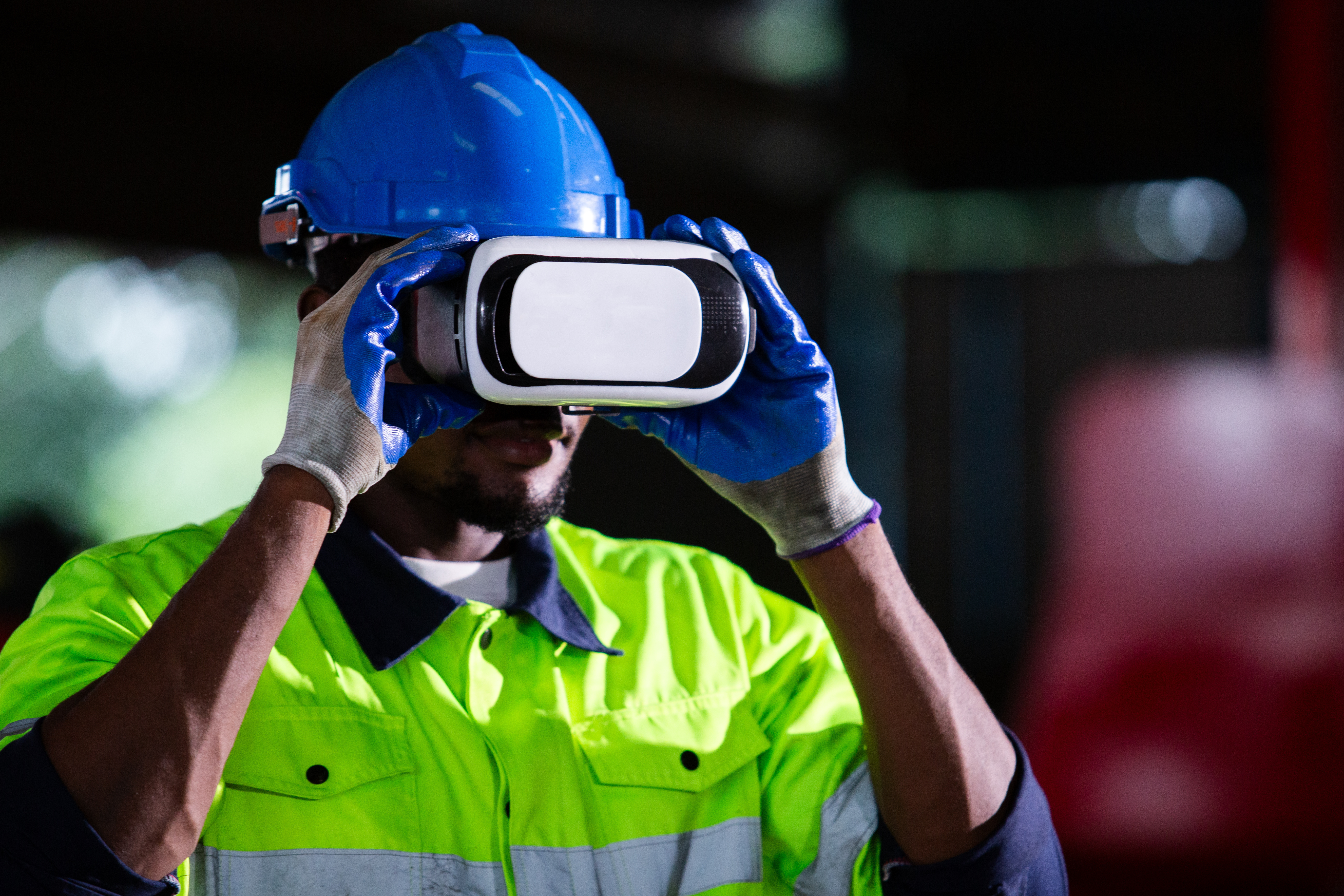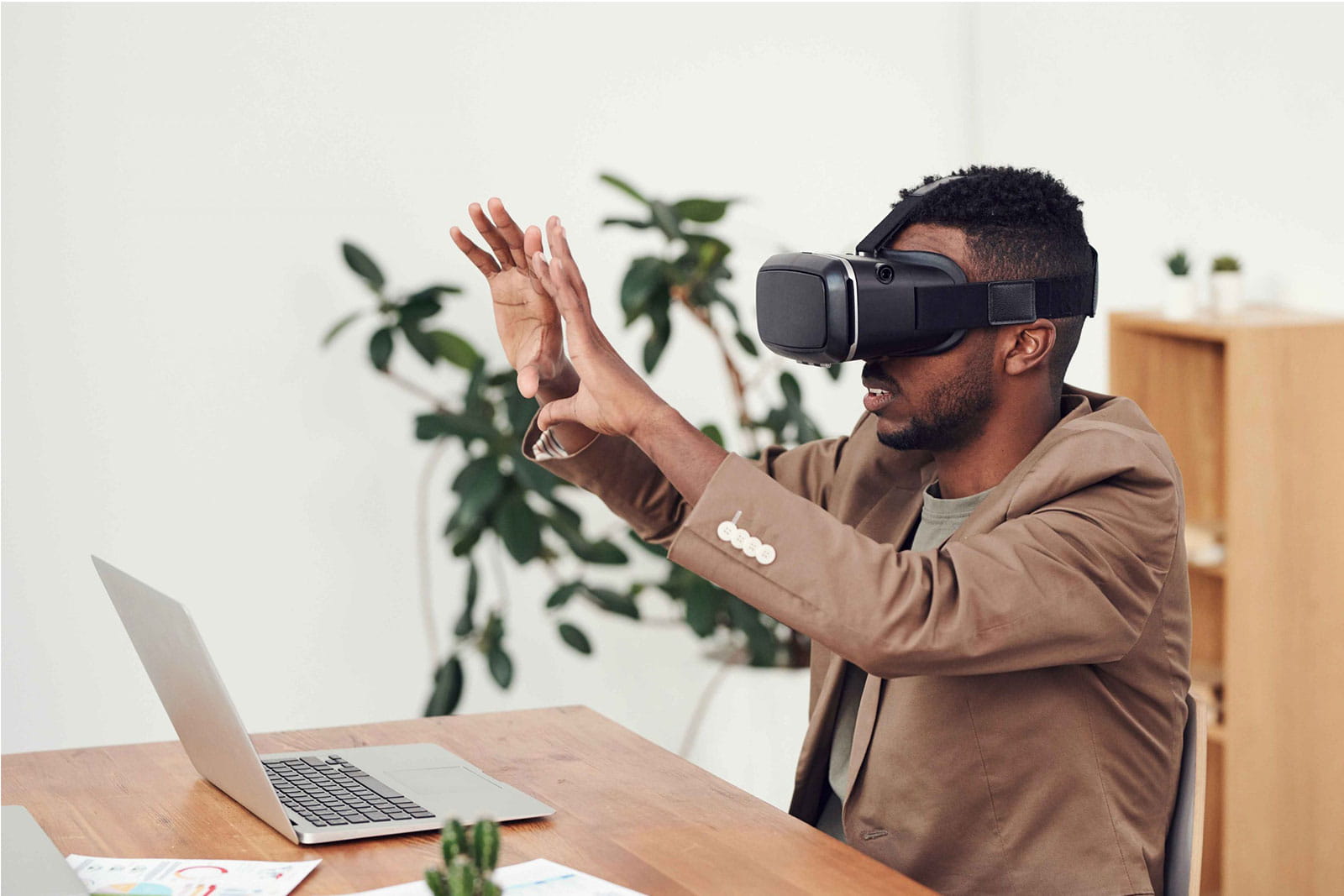
Whatever your stage of thinking, if you’re asking yourself the question “how do I choose my VR training tool?” then you’ve come to the right place.
Depending on the trade or sector your training is aimed at, there are probably already simulators on the market.
With such a wide range of solutions on the market, it’s not always easy to make up your mind. Many factors can play a part in the decision: cost, relevance of the tool, pedagogical objectives…
We’ve compiled the 10 criterias you need to take into account when making your decision
1. Define your objectives
To choose the right virtual reality training tool, it’s important to clarify your objectives, so you can select a tool that perfectly meets them.
What specific skills do you want your learners to develop? Is it for technical skills training, or for raising awareness of real-life scenarios? What added value does virtual reality bring?
Answering these questions will give you a clearer picture of your needs, and help you choose the most appropriate solution.

2. Compatibility
Make sure the tool you plan to use is compatible with the virtual reality equipment you own or plan to acquire.
Check the technical specifications required, such as VR headsets, controllers, computers and so on. Your tool must work seamlessly with the available hardware, to guarantee a smooth learning experience.
3. Ease of use
An intuitive interface is essential to maximize training effectiveness. The tool must be user-friendly, for both learners and trainers. A minimal learning curve saves time and makes training more effective.
Look for tools with clear menus, simple navigation and easy-to-understand instructions.
We also recommend that you get support to help you get to grips with these tools.
As well as getting to grips with the technical side of things, it’s important for trainers to get to grips with simulation and virtual reality.

4. Adaptable content
The VR training tool must enable content to be customized to meet the specific needs of each learner.
You need to be able to adapt scenarios to reflect real-life situations, and adjust difficulty according to learners’ level. The more flexible the tool, the more it can adapt to your needs and each individual’s progress.
5. Interactivity
Interactivity is essential to keep learners engaged. Look for tools that offer this interaction: scenarios where the learner is active and practicing, quizzes or MCQs, or game elements to reinforce learning.
Interaction makes training more engaging, stimulates participation and improves information retention.
The learner becomes a player in his own learning!
6. Progress monitoring
The tool must offer progress tracking functionalities. You need to be able to track learners’ performance, analyze their results, and adjust their training accordingly.
Detailed progress reports help to evaluate the effectiveness of training. They will also enable you to identify areas for improvement and visualize the acquisition of their skills live.
This training follow-up ties in with point number 4, and will enable you to adapt the training to each individual’s progress.

7. Technical support
technical problems may arise. To ensure rapid business recovery, it’s important that your supplier offers fast, efficient support.
Find out more about the terms and conditions of the support offered.
8. Cost
Carefully weigh up the cost of the tool against its functionality. Compare several options on the market. Make sure the price is in line with the added value the tool will bring to your business.
Take into account initial costs, maintenance costs, license fees, and any other expenses associated with using the tool.
As with everything, the quality and cost of the solution will always be linked.
The quality of a solution includes several parameters: interest in and understanding of pedagogical issues, immersion realism, ease of use…
9. Company reputation
Opt for a well-established, reputable supplier in the virtual reality field. A company with a solid reputation generally has greater expertise in developing VR training solutions.
Its experience in developing this type of solution will also be an advantage! They’ll find it easier to understand your challenges and provide an appropriate response. Look for reviews, customer testimonials and references to assess the company’s credibility.
10. Updates
VR technology evolves rapidly. Check that the tool you choose benefits from regular updates.
Updates ensure that the tool stays up to date with the latest technological advances, fixes bugs and introduces new features. A company that invests in the ongoing development of its product is a good sign.
Contact us and let’s discuss your project in VR!




